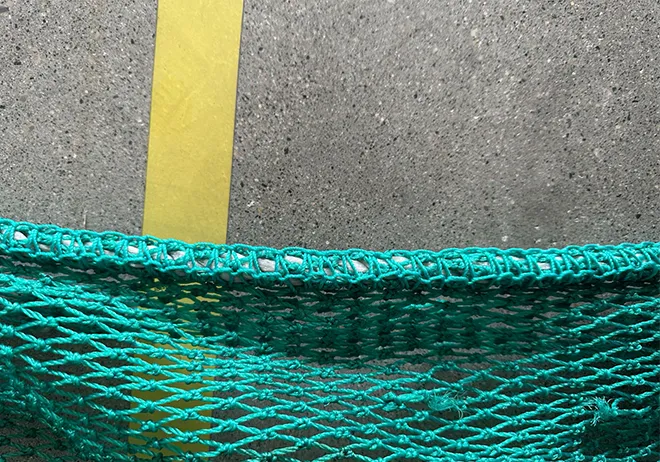Exploring the Future of Sewing through Digital Innovation and Technology
Embracing the Future The Shift to Digital Sewing
In recent years, the craft of sewing has rapidly evolved, transitioning from traditional practices to a more tech-savvy approach known as digital sewing. This transformation has not only changed the way we create garments and accessories but has also revolutionized the fashion industry as a whole. Digital sewing encompasses a range of technologies, including computer-aided design (CAD), digital pattern making, embroidery machines, and 3D printing, all of which contribute to a more efficient and creative sewing process.
One of the most significant advancements in digital sewing is the use of computer-aided design (CAD) software. This technology allows designers to create intricate designs and patterns on their computers, significantly reducing the time and effort involved in drafting patterns by hand. With CAD software, designers can easily experiment with colors, textures, and styles, instantly visualizing how their creations will look. This level of innovation opens up endless possibilities for customization, enabling creators to produce unique pieces that cater to individual tastes and preferences.
Digital pattern making is another exciting aspect of digital sewing. Traditionally, pattern making involved painstaking measurements, drafting, and cutting paper templates by hand. Today, digital tools streamline this process, allowing designers to generate accurate, adjustable patterns that can be saved and modified as needed. This not only saves time but also minimizes waste, as patterns can be optimized for material usage, contributing to a more sustainable approach in the fashion industry. Digital patterns can also be easily shared and downloaded, fostering a sense of community among sewing enthusiasts and professionals alike.
Embroidery has also seen a digital revolution. Modern embroidery machines are now equipped with advanced technology that allows users to create intricate designs with precision. Through the use of digital files, sewers can upload their desired patterns directly to the machine, eliminating the need for manual stitching. This advancement has transformed embroidery from a painstakingly slow process to an efficient and accurate art form. As a result, businesses can offer personalized and custom embroidery options at a fraction of the time it once took, enhancing customer satisfaction and expanding product offerings.
digital sewing

3D printing is another frontier that is reshaping digital sewing. While traditionally associated with manufacturing hard goods, 3D printing technology is now being used to create fabric-like materials and components that can be seamlessly integrated into sewn products. Designers are experimenting with 3D-printed elements, such as buttons, lace, and even entire garments, pushing the boundaries of creativity. This capability not only allows for unique designs but also introduces a new level of interactivity between designers and consumers, as individuals can customize their 3D-printed pieces to reflect their personal style.
The merging of technology and sewing has also led to a growing trend of DIY projects and home sewing enthusiasts embracing digital tools. Many sewing machines on the market now include integrated software that offers tutorials, design features, and advanced stitching options. As a result, more people are discovering the joy of sewing at home, fostering a sense of creativity and craftsmanship that can be both therapeutic and fulfilling. Online platforms, such as social media and dedicated sewing websites, have further expanded this community, where individuals can share their projects, gain inspiration, and collaborate with others.
Despite the numerous advantages of digital sewing, there are also challenges to consider. The learning curve associated with new technologies can be daunting for traditional sewers, and there is a risk of overshadowing the valuable artisanal skills that have been passed down through generations. It is essential for the sewing community to find a balance, appreciating the benefits of digital tools while honoring the craft's rich heritage.
In conclusion, digital sewing is reshaping the textile and fashion industries, offering exciting possibilities for designers, businesses, and home sewers. The integration of technology into sewing practices enhances creativity, efficiency, and sustainability. As we move forward, the challenge will be to embrace these innovations while respecting and maintaining the artistry that has defined sewing for centuries. By doing so, we can create a future where digital and traditional sewing coexist harmoniously, empowering individuals to explore their creativity and express themselves through fabric in new and innovative ways.
-
Industrial Cylinder Arm Sewing Machine: Revolutionizing Heavy-Duty SewingNewsJul.28,2025
-
Cylinder Arm Sewing Machine: Perfect for Special Sewing ApplicationsNewsJul.28,2025
-
Cylinder Bed Sewing Machine: Essential for Sewing Complex MaterialsNewsJul.28,2025
-
Heavy Duty Sewing Machine: The Essential Tool for Industrial ApplicationsNewsJul.28,2025
-
Computerized Pattern Sewing Machine: Revolutionizing Precision StitchingNewsJul.28,2025
-
Heavy Duty Industrial Sewing Machine: Power Meets PrecisionNewsJul.28,2025
-
Leather Sewing Machine: The Industrial Standard for Tough MaterialsNewsJul.18,2025





























